Imagine being able to look at something straight in front of you, and look over your shoulder at the same time. It may seem impossible, but the chameleon does it every day! Chameleons have amazing eyes. Each one is like a scaly cone, with a small hole to see through. It can swivel these eyes
Imagine being able to look at something straight in front of you, and look over your shoulder at the same time. It may seem impossible, but the chameleon does it every day!
Chameleons have amazing eyes. Each one is like a scaly cone, with a small hole to see through. It can swivel these eyes around in different directions, so that the chameleon can see 360 degrees around its body! If it spots prey, both eyes will focus in on it and the chameleon moves in for the kill.
Chameleons can’t move very fast, so when they are hunting, they rely on their extraordinary tongues. A chameleon’s tongue is extremely long – in some chameleons, it’s longer than the chameleon’s body! When a chameleon is ready to strike, it whips its tongue at its prey. At the end of the tongue is a sticky ball of muscle that forms a suction cup when it strikes the prey, and the chameleon is free to drag its meal back into its mouth. They use this method to catch many different kinds of insects, and sometimes even small birds or lizards!
Contrary to popular belief, chamelons don’t change colour to match their surroundings. They do change colour, but they don’t control the change at all. The colours change depending on the chamelon’s mood, the temperature and humidity of their surroundings, and the amount of light they’re exposed to. But these colour changes are often patterns that naturally help camouflage the chameleon, which is how the story began!




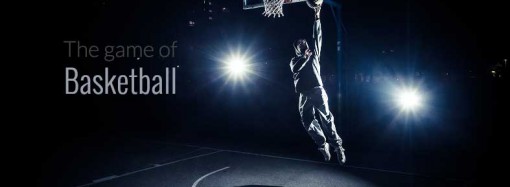


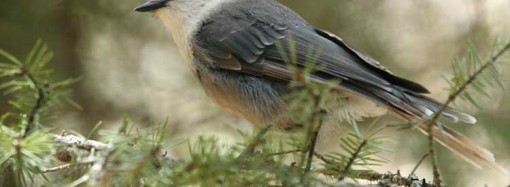
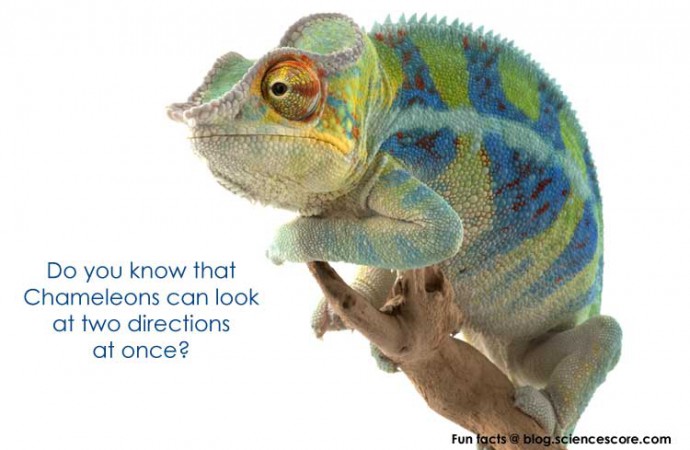






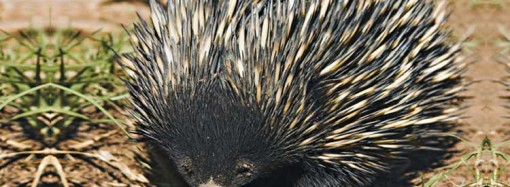

























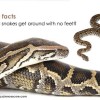




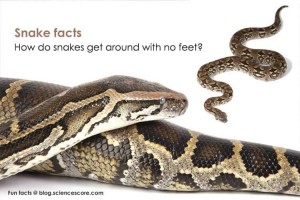

Leave a Reply